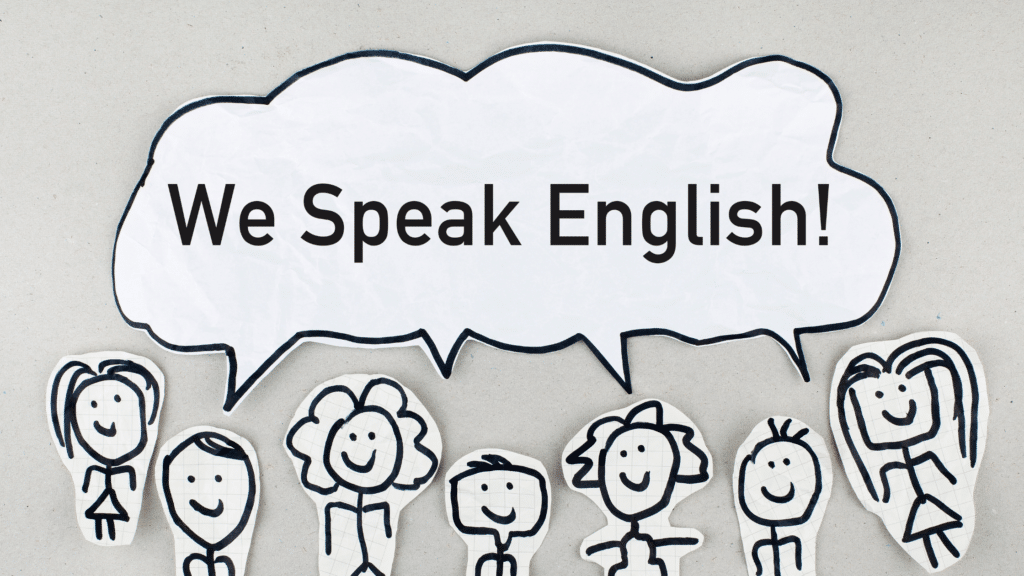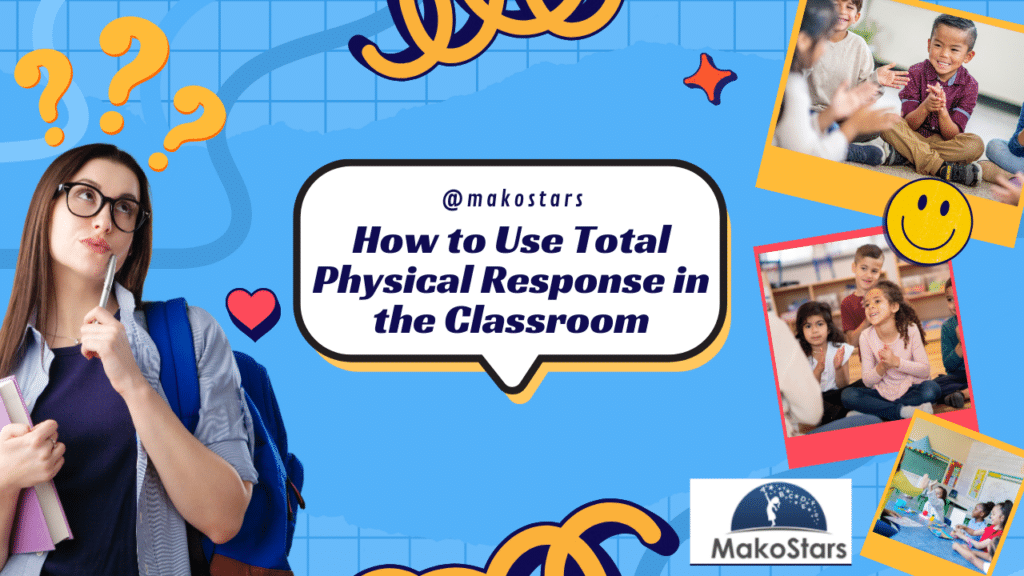Cultural intelligence plays a key role in learning English as a multicultural language.
Cultural intelligence (CQ) gives the ability to work well in culturally diverse settings. This makes it a vital part of learning any language.People with higher CQ adapt better to multicultural environments. They also demonstrate better listening comprehension skills. Reading English novels, browsing foreign websites, and connecting with different cultures actively boost both language learning motivation and cultural intelligence.
This piece explores how cultural intelligence can reshape your English learning experience. You’ll discover practical ways to develop your language skills and cultural awareness together.

Understanding Cultural Intelligence in Language Learning
Cultural intelligence shapes how we become skilled at English as a multicultural language. Cultural intelligence (CQ) shows our ability to interpret and adapt to unfamiliar cultural contexts. It extends beyond simple cultural awareness and shows us how to succeed in culturally diverse environments.
What is Cultural Intelligence (CQ)
CQ represents our ability to understand and work in different cultural settings. It helps us distinguish universal behaviors from culture-specific ones. While some CQ aspects come naturally, any alert and motivated person can develop acceptable cultural intelligence levels.
The Four Components of CQ
Cultural intelligence consists of four main components:
- Motivational CQ: Our drive and confidence to participate in different cultures
- Cognitive CQ: Our knowledge about cultural systems and their influence on behavior
- Metacognitive CQ: Our ability to plan, monitor, and adjust cultural assumptions
- Behavioral CQ: Our flexibility to adapt verbal and non-verbal behaviors appropriately
How CQ Relates to Language Acquisition
The sort of thing I love is the connection between CQ and language learning. Studies show that students with higher levels of cultural intelligence show increased language learning motivation. Research also indicates that EFL students typically display high behavioral, motivational, and metacognitive CQ, while cognitive aspects stay moderate.
CQ enriches our language learning experience in these ways:
- Enhanced Understanding: We learn cultural contexts instead of just memorizing vocabulary and grammar rules
- Improved Adaptation: Our heightened CQ lets us use multiple strategies with unconventional viewpoints or behaviors
- Better Communication: We learn about cultural nuances that influence language use and interpretation
Research shows that cultural intelligence develops through various interventions, including field experiences and traditional EFL academic courses. Learning English as a multicultural language means more than just words and phrases – it builds a complete understanding of how culture shapes communication.

Why Cultural Intelligence Enhances English Learning
We found that there was a vital connection between cultural intelligence and mastering English as a multicultural language. Research reveals that students with higher cultural intelligence demonstrate superior language learning outcomes. The fascinating connection between these elements deserves a closer look.
Improved Cultural Context Understanding
Cultural context makes a remarkable difference when learning a language. Students with high metacognitive and behavioral CQ adapt better to unfamiliar cultural settings. This improved understanding helps us:
- Recognize subtle cultural references
- Interpret non-verbal communication accurately
- Guide ourselves through social customs
- Apply appropriate cultural context to conversations
Better Communication Skills
Cultural intelligence boosts our communication abilities significantly. Research shows that students excel at:
- Communication adaptation skills
- Interest in a variety of cultures
- Social interaction capabilities
Language fluency remains a vital component. Limited language proficiency can create barriers to intercultural communication. This reality pushes us to develop both cultural intelligence and language skills at the same time.
Enhanced Language Retention
Cultural intelligence helps us retain language learning better. Here’s how cultural understanding affects our language retention:
| Cultural Aspect | Language Learning Benefit |
|---|---|
| Cultural Context | Deeper understanding of idioms and expressions |
| Social Norms | Better grasp of appropriate language use |
| Cultural Values | Improved comprehension of communication styles |
Research shows that students who involve themselves with cultural aspects have higher motivation levels in language acquisition. Exposure to foreign internet sites and media notably increases cultural intelligence levels.
We focused on how cultural intelligence takes us beyond basic vocabulary and grammar. Understanding English’s cultural framework as a multicultural language helps us grasp how native speakers think and communicate. This knowledge creates more natural and effective language use, as shown by studies where students with higher cultural intelligence scores perform better.
Developing Cultural Awareness Through English
The trip through English as a multicultural language shows how cultural awareness plays a vital role in communication that works. We need to know how cultural elements shape our language use and interpretation.
Recognizing Cultural Nuances in English
Success in English communication heavily depends on how well you learn subtle cultural cues. Research shows that high-context cultures put emphasis on interpersonal relationships and group harmony with indirect communication styles. This knowledge helps us adjust our communication approach based on cultural contexts.
These key aspects of cultural nuances matter:
- Nonverbal communication patterns
- Contextual interpretation of messages
- Social hierarchy influences
- Communication priorities
Understanding Different English Varieties
English has grown into distinct varieties across the globe. These variations show unique cultural identities and communication patterns.
| Region | Notable Features |
|---|---|
| British English | RP accent, formal structures |
| American English | Direct communication style |
| Australian English | Unique vocabulary, informal tone |
| Indian English | Influenced by local languages |
Building Cross-Cultural Communication Skills
Knowing how to guide through different cultural contexts determines our success in English communication. Research indicates that effective cross-cultural communication will give a space where team members feel valued and understood.
You can boost your cross-cultural communication skills by:
- Developing cultural sensitivity
- Practicing active listening
- Adapting communication styles
- Building rapport across cultures
Studies reveal that giving team members training in negotiation and conflict resolution helps them handle disagreements better. You’ll find that understanding cultural nuances prevents misunderstandings and ensures everyone’s voice gets heard.
Our experiences with English as a multicultural language teach us that different cultures communicate in very different ways. To cite an instance, see how eye contact, hand movements, and facial expressions mean different things in various cultures. Only when we are willing to see these differences can we become better communicators in our connected world.
Cultural awareness starts with being sensitive to others’ beliefs, attitudes, behaviors, and values. As we explore English in its many cultural contexts, our understanding grows deeper. This helps us communicate better across cultural boundaries.

Practical Strategies for Building CQ While Learning English
Building cultural intelligence and English proficiency needs practical, hands-on approaches. Let’s look at proven strategies that blend language learning with cultural understanding.
Immersive Learning Techniques
ENL (English as a New Language) students who take part in cultural presentations make notable progress in both language skills and cultural understanding.
We can create immersive experiences through:
- Local cultural celebrations
- Community activities
- Cross-cultural storytelling sessions
- Traditional food sharing events
Cultural Exchange Activities
Cultural exchange activities are the foundations of our learning trip. Studies indicate that students who take part in cultural exchange programs show better confidence and self-esteem. We focused on activities that bridge cultural gaps while boosting language skills.
One successful approach involves organizing presentations where students share information about their own cultures. A group of ENL students gave presentations about Central and South Latin American countries and sang traditional songs to boost cultural appreciation.
| Activity Type | Cultural Benefit | Language Benefit |
|---|---|---|
| Holiday Celebrations | Cultural tradition understanding | Festive vocabulary practice |
| Story Sharing | Cross-cultural appreciation | Narrative skills development |
| Food Festivals | Cultural customs exploration | Culinary terminology learning |
Media and Technology Resources
Technology has revolutionized how we approach cultural intelligence development. AI-powered translation tools have made cross-cultural communication more available. We can use various digital resources to boost our learning:
- Language Exchange Platforms:
- Connect with native speakers worldwide
- Practice up-to-the-minute conversation skills
- Receive immediate cultural feedback
- Cultural Learning Apps:
- Access interactive cultural content
- Learn through gamified experiences
- Track progress systematically
These technological tools help create a supportive environment where both language skills and cultural understanding can flourish.
Students who take part in multicultural events while practicing language skills show improved cognitive and emotional intelligence. These combined strategies create a detailed learning experience that boosts both cultural awareness and English proficiency.
Overcoming Cultural Barriers in English Learning
Cultural barriers create unique challenges when learning English. Teachers and students face obstacles that need careful handling and a deeper understanding of each other’s backgrounds.
Identifying Common Cultural Challenges
Different cultures can create major roadblocks in English classrooms. These challenges show up in several ways:
| Challenge Type | How It Affects Learning |
|---|---|
| Social Norms | Students expect different levels of class participation |
| Communication Styles | Some prefer direct talk, others indirect |
| Learning Methods | Each student has their own way of learning |
| Cultural References | Many struggle with unfamiliar contexts |
Of course, these challenges affect everyone in the classroom. Studies reveal that cultural gaps often leave ESL students feeling lost or disconnected. We need to tackle these barriers head-on.
Developing Cultural Sensitivity
Cultural proficiency starts with an open mind. Teachers who value their students’ cultural backgrounds create better learning experiences. Here’s how we build cultural awareness:
- Learn about each family’s educational values
- Know what parents expect from school
- Get better at cross-cultural talks
- Make classrooms welcome everyone
Building cultural awareness takes time, but organizations that understand different cultures connect better with diverse groups. Better understanding leads to clearer communication between cultures.

Measuring Progress in Cultural Intelligence and English
Note that measuring our progress in cultural intelligence and English proficiency needs a systematic approach. Studies show that successful language learners use a wider variety of learning strategies compared to less successful learners.
Assessing Cultural Competence
Several assessment tools and methods can help us review our cultural intelligence. Research indicates that high-proficiency students show higher mean scores in metacognitive and cognitive factors of CQ. Low-proficiency students tend to be influenced by motivational and behavioral factors.
Here’s how we measure cultural competence:
| Assessment Type | Purpose | Application |
|---|---|---|
| Self-assessment Tools | Personal growth tracking | Individual development |
| Performance Evaluations | Skill measurement | Professional settings |
| Cultural Intelligence Scales | CQ component analysis | Academic contexts |
| Behavioral Assessments | Practical application | Ground situations |
Tracking Language Development
Our approach to tracking language development now includes cultural elements, unlike traditional methods. Proficient students use all types of learning strategies more often than less proficient students, all but one being affective strategies.
These points help us track our progress through:
- Language Objectives
- Speaking and listening skills
- Reading comprehension
- Writing proficiency
- Cultural context understanding
Quality language objectives should complement content knowledge and address aspects of academic language. Students with higher cultural intelligence often perform better in language acquisition.
Setting Cultural Learning Goals
Clear, measurable goals are key to both cultural and linguistic development. Research shows that goal setting promotes self-regulated learning and boosts language and academic achievement.
The SMART framework helps structure our cultural learning goals:

- Specific: Define clear cultural and linguistic targets
- Measurable: Establish concrete progress indicators
- Achievable: Set realistic milestones
- Relevant: Line up with personal and professional needs
- Time-bound: Create structured timelines
Students with high cultural intelligence typically show elevated values in metacognitive, motivational, and behavioral CQ. We develop more effective learning strategies by focusing on these components.
Multiple data sources give us a full picture of progress. Research shows that triangulated assessment methods, using archival, interview, and survey data, are the most reliable.
Systematic evaluation has shown that cultural intelligence tests help identify areas to improve intercultural competency. These assessments look at our ground cultural knowledge and skills and give useful insights for future development.
Teachers fluent in cultural intelligence create culturally appropriate curricula better. They present materials that reflect diverse cultural contexts more effectively. This knowledge helps us adapt our learning strategies to maximize both cultural and linguistic growth.
Regular assessments keep us focused on development in both areas. Studies show that successful language learners actively monitor their progress and adjust their strategies. This adaptive approach will give a path to improvement in both cultural intelligence and English proficiency.
Conclusion
Cultural intelligence plays a vital role in our English learning experience. Students who have higher CQ levels learn languages better and adapt easily to different cultural environments.
The four components of cultural intelligence shape how we learn languages. Motivational, cognitive, metacognitive, and behavioral CQ work together to boost our language skills. These elements help us grasp not just the words, but also their cultural significance and proper context.
Cultural intelligence turns challenges into opportunities. We don’t see cultural differences as roadblocks anymore – they’re chances to improve our language understanding and communication skills.



